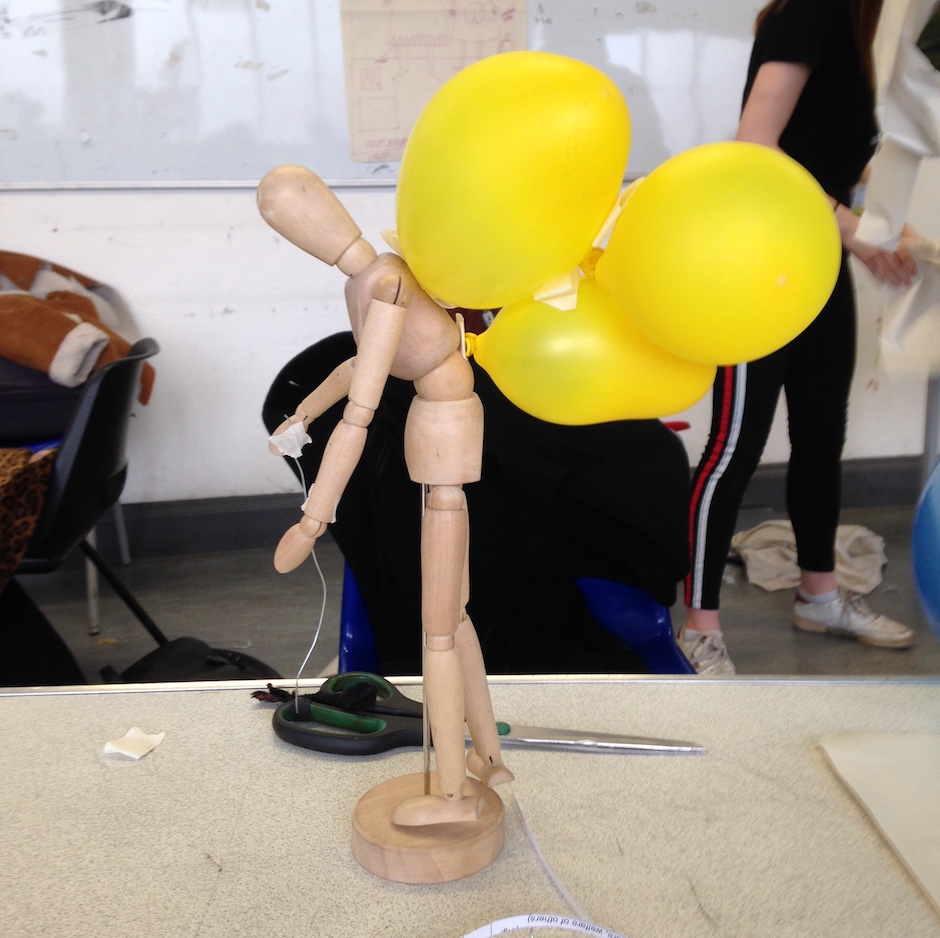Reflecting on a chapter on :
From Safe Spaces to Brave Spaces : A new way to frame Dialogue around Diversity and Social Justice by Brian Arao and Kristi Clemens 2013

I am often tasked with delivering sessions on inclusion and diversity specifically for students on the performance programme. I feel this as a privilege and responsibility, though often feel under qualified to do so. As a department everyone has worked hard to integrate the awareness and knowledge that we have gained through training and our own experience and learning into our teaching. I know how important these principles are: essential ethically, but also practically. Our students need to be aware of potential injustices in quite complex ways – understanding their own perspective and biases, the responsibility to represent and relate diverse stories, to respond to texts that require them to gain an understanding of other cultures and positionalities, and to work empathetically with performers from lots of different backgrounds. This is a much discussed topic currently in the performance industry.
There are many of companies to encourage and enable theatres to cast actors ( though not so often craftsmen) who need more support, and welcome diverse audiences into their auditoriums. This has resulted in innovative new work that has built on the legacy of companies such as Graeae, Candoco and producers like Ramps to the Moon. The phrase “safe space ” has built up traction ( Equity has a statement that uses this term that many theatre comapnies read at the first rehearsal) as we are more aware of the need to be sensitive to the impact that conversations around difficult work can demand.
“We often describe such environments as safe spaces, terminology we hope will be reassuring to participants who feel anxious about sharing their thoughts and feelings regarding these sensitive and controversial ideas “ Aoro/Clemens ( 2013)
In my teaching, the challenge is often to relate all this with case studies in a short (average 3 hour) timespan, in an appropriate way, while acknowledging my own white privilege and facilitating discussion with the students. I temperamentally try to avoid conflict or discomfort and I find it difficult to navigate awkward moments in sessions where mediation is called for. So, it was very helpful having the idea of a “safe space” reframed as a “brave space” Aoro/Clemens ( 2013).
“we question, however, the degree to which safety ia an appropriate or reasonable expectation for any honest dialogue about social justice” Aoro/Clemens ( 2013)

I need to understand how to get comfortable with being uncomfortable, and to help the students do that too. The chapter talks through the ground rules, often established to create a safe space, set a context and enable challenge. The commentary on each one is enlightening and a common themes emerge around talking through every element with the students :
” such discussion is a potentially fruitful investment of time that can prevent students from automatically experiencing……challenges from others as acts of disrespect” Aoro/Clemens ( 2013)
Slowly as I read the uncomfortableness I felt is put into context and strategies emerge in line with the ground rules shared by Aoro and Clemens. For example, it strikes me that I could explore questions of positionality in sessions with the first year in the first weeks of university, discussing the group culture we want, as a course community, to establish. Creating together a brave bill of rights that we all subscribe to.
“brave space is more congruent with our understanding of power, privilege, and opression, and the challenges inherent in dialogue about these issues in socioculturally diverse groups” Aoro/Clemens ( 2013)
I can also see how the emphasis on co-authorship fosters community and ownership of the terms on which collaboration – a fundamental bedrock of our industry- can happen. On this basis, I think it is fundamental to have an artist with lived experience of difference speak in sessions. An vibrant authentic voice who is passionate about their work is simply inspiring, and shared understanding in terms of creative work is made. This is exactly what happened when the creative director of Drag Syndrome, Daniel Vais, talked to the students. With such practical guidance on how to structure a session, I will be brave and make this part of our teaching of Introduction to Performance for our incoming first year.

Bibliography
Aoro B. / Clemens K. (2013) ‘From Safe Spaces to Brave Spaces : A new way to frame Dialogue around Diversity and Social Justice ‘ in The Art of Effective Facilitation London : Stylus Publishing LCC ( 2013) Ch.8
Dragsyndrome.com Available at https://www.dragsyndrome.com/ ( accessed March 2025)
Ramps to the Moon available at https://rampsonthemoon.co.uk/( accessed March 2025)
Candoco available at https://candoco.co.uk/ ( accessed March 2025)

